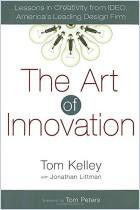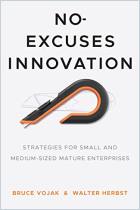
The Design of Things to Come
How Ordinary People Create Extraordinary Products
Recommendation
getAbstract recommends this fascinating book to anyone directly engaged in innovation, working in a related field (from marketing to engineering) or curious about how new products come into being. Craig M. Vogel, Jonathan Cagan and Peter Boatwright share many case studies, which they generalize into rules for innovation. They offer useful, practical observations about current social changes. And, they do it all in lucid, personable prose; their obvious affection for innovators gives the book warmth. However, despite their many examples, the authors don't - in the end - convince readers that the process they outline is really how innovation actually happens. They use author J. K. Rowling's successful Harry Potter books as a primary example of the role of fantasy in design - but they do not establish that her writing process resembles the pragmatic innovation methods they outline. Readers also may wish that they had answered one other question: why do some products that are not especially innovative do better in the marketplace than some that are truly new? This aside, the book's insider stories and advice are interesting, well focused and immediately applicable.
Summary
About the Authors
Craig M. Vogel directs the Center for Design Research and Innovation at the University of Cincinnati, where he teaches in the College of Design Architecture Art and Planning. Jonathan Cagan has worked with many companies on design and product development. He teaches mechanical engineering at Carnegie Mellon University, where Peter Boatwright teaches marketing. Cagan and Vogel co-authored Creating Breakthrough Products.


















Comment on this summary